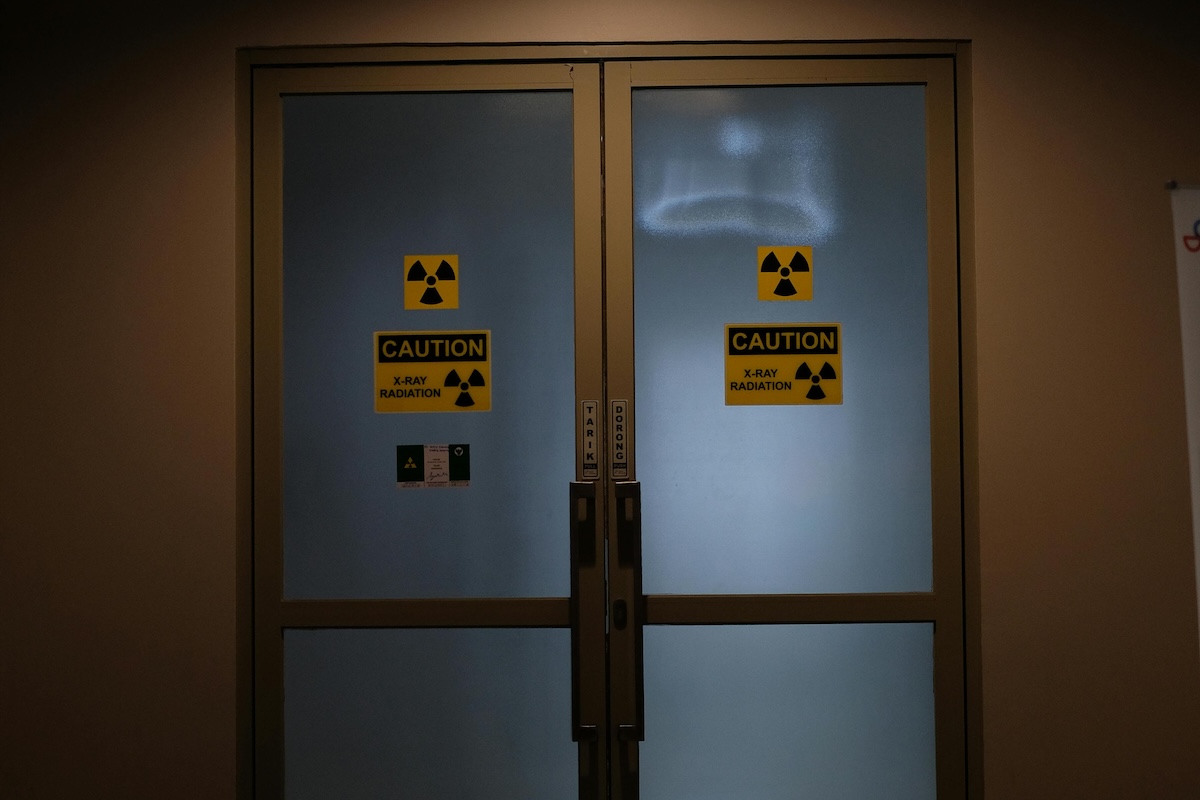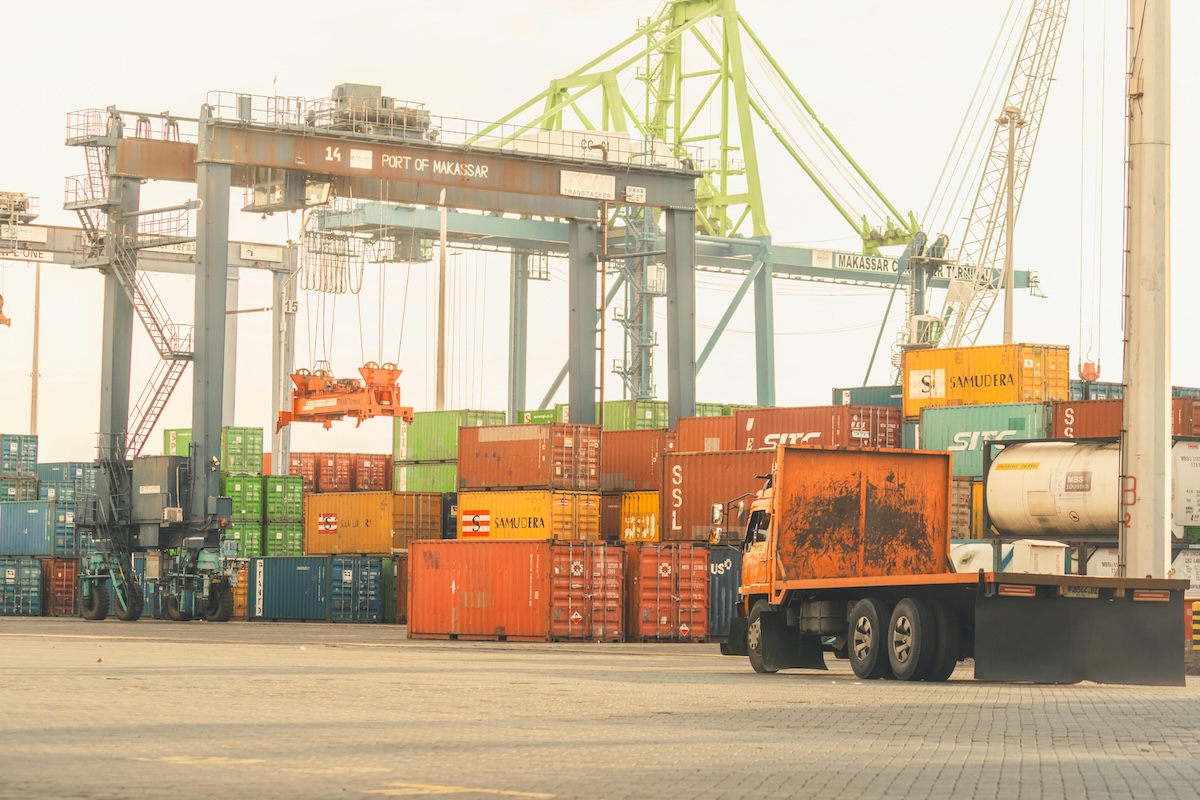‘Cheat Sheet’ on Export Control Reforms

Many of our colleagues in the compliance world already follow the weekday release of Jim Bartlett’s terrific newsletter: The Export/Import Daily Update (“The Daily Bugle”). If you don’t, we recommend that you click our Private Sector page (see grey banner above), find Exporter Resources in the right hand menu, and select “Newsletters & Blogs” for sign-up instructions. In the meantime, we’d like to share a post from Jim’s Friday, Nov. 15th newsletter that does a particularly good job of summarizing the ECR initiatives to date. This was contributed by another well-known local expert, Gary Stanley, whose contact information is also listed in our Exporter Resources section. Full credit and thanks to Jim and Gary for sharing their expertise with the compliance community.
7. G. Stanley: “Here’s a ‘Cheat Sheet’ on the Obama Export Control Reforms”
(Source: http://nextlabs.wordpress.com/2013/11/07/a-cheat-sheet-on-the-obama-export-control-reforms/)
* Author: Gary Stanley, Esq., Global Legal Services, PC, gstanley@glstrade.com, 202-352-3059
The initial Obama export control reforms became effective on Oct 15th. Although these reforms promise less licensing, they come at the price of more complex controls and more extensive record keeping. The new rules must be approached in a systematic manner. Here’s a “cheat sheet” to help you take advantage of these significant changes to U.S. export and re-export controls.
Order of Review
Under the Obama reforms, there are effectively three control lists: (1) the U.S. Munitions List, (2) the “600 series” ECCNs within the Commerce Control List (CCL) covering most items that have moved from State to Commerce, and (3) the traditional dual-use ECCNs within the CCL. The key to determining commodity jurisdiction and classification for an item is to review systematically each list starting with the USML and ask two questions with respect to each list: (1) Is my item specifically enumerated in this list? (e.g., revised USML Category VIII(a) calls out specific types of military aircraft); and (2) Even if my item is not specifically enumerated, is it nevertheless “caught” and “held” as an item specially designed for something that is specifically enumerated in the list? Pay special attention to items specifically enumerated in sub-paragraph .y of the new “600 series” ECCNs, as these are controlled for export or re-export only to China, Cuba, North Korea, Sudan, and Syria. This six step process (3 lists/2 steps for each) is the Order of Review described in new ITAR § 121.1(b) and Supp. No. 4 to EAR Part 744.
ITAR and EAR “Specially Designed” Definitions
The new term “specially designed” defined in ITAR § 120.41 and EAR § 772.1 is based around the fishing practice of “catch” and “release.” Sub-paragraphs (a)(1) and (a)(2) in both definitions “catch” items, but then there are several subsequent (b) sub-paragraphs that may “release” particular items if they satisfy any one of the enumerated criteria
For example, sub-paragraph (a)(2) is very broad and captures any part, component, accessory, attachment, or software for “use in or with” any item specifically enumerated in the revised USML or “600 series” ECCNs. Sub-paragraph (b)(3) in each definition, on the other hand, would release the item from, first, the USML and, potentially, the otherwise applicable “600 series” ECCN if it has the same function, performance capabilities, and the same or “equivalent” form and fit, as a commodity or software used in or with an item that (i) is or was in production and (ii) is not specifically enumerated in the USML or CCL, or is described in an ECCN controlled only for Anti-Terrorism reasons. In both definitions, sub-paragraph (b)(2) releases fasteners (e.g., screws, bolts, nuts, nut plates, studs, inserts, clips, rivets, pins), washers, spacers, insulators, grommets, bushings, springs, wire, and solder, but not wiring harnesses.
It is very important to understand not only the structure of these definitions, but also the defined terms within each (e.g., “production,” “development,” and “equivalent”). Mastering the specially designed concept offers the best chance of moving your products and software off the revised USML and even off the new “600 series” ECCNs.
License Exception STA
There are several EAR License Exceptions that may be available with respect to “600 series” items (e.g., RPL, TMP, LVS, and TSU), but the one with potentially the most utility is License Exception STA. It enables exports (and re-exports) without a license of many “600 series” items to 36 countries (Country Group A:5 in Supp. No. 1 to EAR Part 740) + the United States; provided certain requirements and conditions are met. An additional eight countries (Albania, Hong Kong, India, Israel, Malta, Singapore, South Africa, and Taiwan) have more limited eligibility.
The three key conditions are that the exporter or re-exporter: (i) furnish the ECCN of each item to be shipped to the foreign consignee; (ii) have the foreign consignee sign before shipment a 7-paragraph statement acknowledging the use and limitations of License Exception STA; and (iii) provide the foreign consignee with notice (best done on the invoice and bill of lading) that the shipment is under License Exception STA.
Note that a foreign consignee cannot use the de minimis rule with respect to “600 series” items (0% percent U.S. content for ITAR § 126.1 proscribed countries and 25% U.S. content for all others) if it receives the shipment pursuant to License Exception STA because the foreign co-signee has pledged via the 7-paragraph statement to not re-export/re-transfer outside the STA countries without first obtaining a BIS re-export license. This means that U.S. suppliers and their foreign consignees will need to coordinate closely as to when to use and not use License Exception STA.
Proposed ITAR “Defense Services” Definition
DDTC proposed a revised “defense services” definition in April 2011, but it has not yet published anything in final form. The proposed definition contains a previously unwritten DDTC policy that providing technical assistance in connection with the “integration” of a “600 series” or other ECCN item into an item described on the USML constitutes a defense service for which a TAA will still be needed. To the extent that U.S. suppliers provide such help, this could drag them back into the ITAR world even if their products have moved to the CCL.
Transition
The bottom line here is that existing ITAR licenses and agreements will remain valid and ready for use until they expire, need to be amended, or two years after the applicable revised USML becomes effective (e.g., Oct. 15, 2015, for USML Category VIII and XIX items), whichever comes first. Any new or amended licenses or agreements will need to reflect the revised commodity jurisdiction and classification of the items they cover. Exporters and their foreign counterparts need to plan now to start amending their licenses and agreements so that they don’t end up in a huge DDTC/BIS backlog six months before their current authorizations reach the two-year mark.
For more information on how export control reform will affect you, contact Gary Stanley and request his pre-recorded webinar titled “Export Control Reform: Why Less Licensing = More Complexity”.










